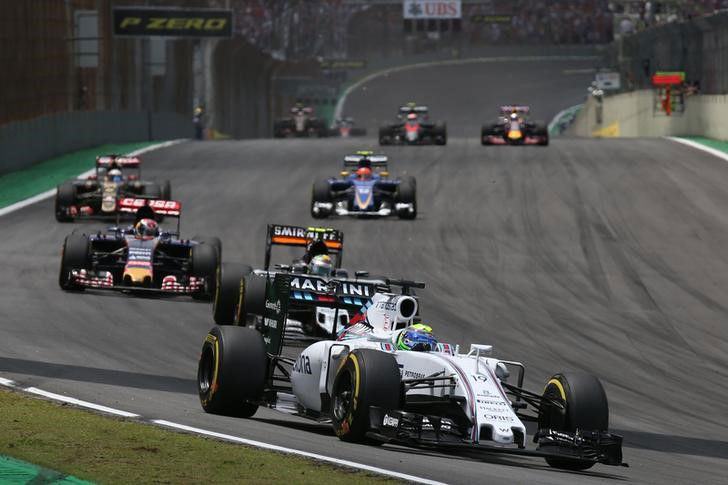
Imago
Felipe Massa’s Williams

Imago
Felipe Massa’s Williams
At the end of the 2016 season, reigning world champion Nico Rosberg announced his retirement from Formula One. This announcement put Mercedes in a tough spot as it was completely out of the blue. Soon afterwards, the German marquee announced Valtteri Bottas as Nico’s replacement. Motorsports.com recently learned that Mercedes paid the Williams F1 team a sum of £10 million to release Bottas.
Watch What’s Trending Now!

Imago
Bottas wasn’t cheap but was worth the money
Williams’ latest financial results showed that the British heritage team made a profit of £10.4 million. In the 2016 championship, the team finished 5th in the standings. As a result, their prize money dropped. The strength of the dollar against the pound reduced the impact. The revenue is normally distributed to the teams in dollars.
ADVERTISEMENT
Williams F1 CEO Mike O’Driscoll said “FOM (Formula One Management) and sponsorship income is broadly consistent between 2016 and 2017. The primary performance between 2016 and 2017 was driven by a one-off non-recurring item which we had to recognise in the first half of 2017. We don’t provide forward-looking forecasts as we’re a listed company but I can confirm we would anticipate the majority of our income remaining broadly consistent.”
What Financial Issues are the Teams Suffering from?
Driscoll said that the teams are facing mounting cost pressures as they are investing in their performance. Agreement of sensible cost controls is crucial in making commercial sense of an independent F1 team in today’s environment. Another factor is a much fairer distribution of revenue. He admitted that Formula One is a long way from both today. However he believed that the FOM will be able to substantially grow top line revenue and profitability in the future. This would boost returns for all of the teams competing in F1. He also said that any cost cap would require a sensible glide path to enable all the teams to reach it in an appropriate way.
ADVERTISEMENT
ADVERTISEMENT
ADVERTISEMENT
ADVERTISEMENT

